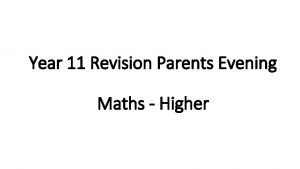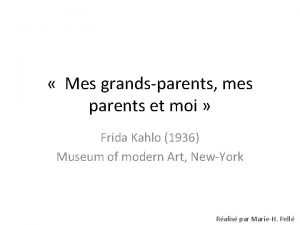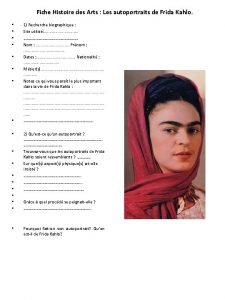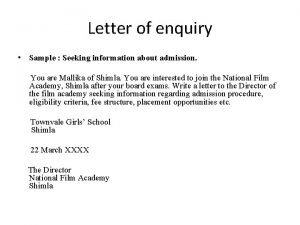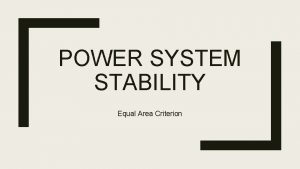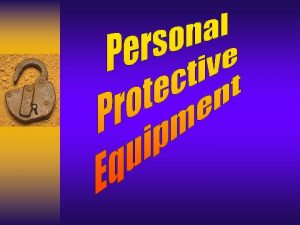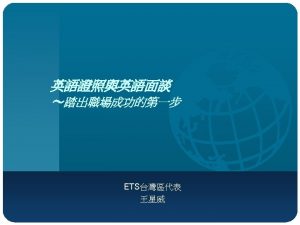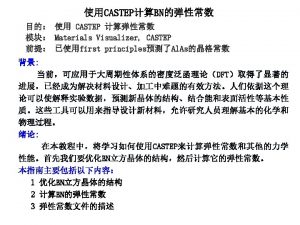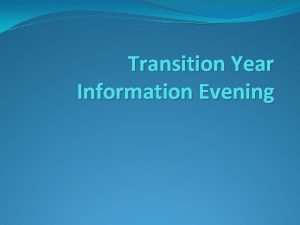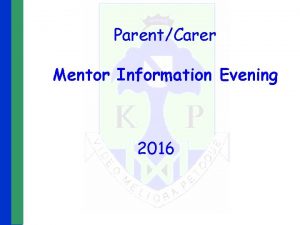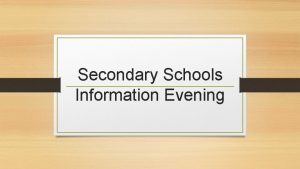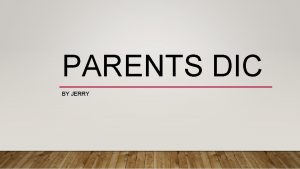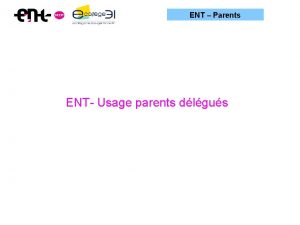Calculation Evening Information for parents regarding calculation and











- Slides: 11

Calculation Evening Information for parents regarding calculation and the New National Curriculum

The new curriculum for mathematics �Purpose of study � Mathematics is a creative and highly inter-connected discipline that has been developed over centuries, providing the solution to some of history’s most intriguing problems. It is essential to everyday life, critical to science, technology and engineering, and necessary for financial literacy and most forms of employment. A high-quality mathematics education therefore provides a foundation for understanding the world, the ability to reason mathematically, an appreciation of the beauty and power of mathematics, and a sense of enjoyment and curiosity about the subject.

Aims � � � The national curriculum for mathematics aims to ensure that all pupils: become fluent in the fundamentals of mathematics, including through varied and frequent practice with increasingly complex problems over time, so that pupils develop conceptual understanding and the ability to recall and apply knowledge rapidly and accurately. reason mathematically by following a line of enquiry, conjecturing relationships and generalisations, and developing an argument, justification or proof using mathematical language can solve problems by applying their mathematics to a variety of routine and non-routine problems with increasing sophistication, including breaking down problems into a series of simpler steps and persevering in seeking solutions. Mathematics is an interconnected subject in which pupils need to be able to move fluently between representations of mathematical ideas. The programmes of study are, by necessity, organised into apparently distinct domains, but pupils should make rich connections across mathematical ideas to develop fluency, mathematical reasoning and competence in solving increasingly sophisticated problems. They should also apply their mathematical knowledge to science and other subjects. The expectation is that the majority of pupils will move through the programmes of study at broadly the same pace. However, decisions about when to progress should always be based on the security of pupils’ understanding and their readiness to progress to the next stage.

Calculation � We will not be focusing on EYS as a maths curriculum afternoon will be held to inform parents later in the term.

Key Changes includes � � � � Roman numerals from Year 3 Counting beyond whole numbers eg decimals, fractions Multiplication to 12 x 12 More reference to interpretation of data (and not data handling) Calculation, addition and subtraction using columns (from Year 3) More complex measurement of areas and volumes Algebra

Addition � � � Step 1 – lots of concrete apparatus to support the concept of addition, numberlines and 100 squares and also developing the understanding of the + and = sign. Place value is also a key concept when undertaking any calculation! Mental method – Partitioning Lets do an example together! 47+25= Partitioning using a number line. Children will need to develop understanding of calculation in a range of contexts! Lets do an example together! 38+26= Then finally the vertical method! 547+378=

Subtraction � � � Step 1 – lots of concrete apparatus to support the concept of addition, numberlines and 100 squares and also developing the understanding of the and = sign. Place value is also a key concept when undertaking any calculation! Step 2 – Children need to realise that partitioning is not appropriate for subtraction. Number lines make the calculation easy! At this point lots of work is done on the inverse of addition and subtraction ie that a subtraction sum can be done using addition or in this case ‘counting on’. Lets do an example together! 73 -26= When they are confident the children can reduce the number of steps. What about decimals? 32. 4 -13. 8= And finally vertical calculation 354 -188=

Multiplication � � Concept of multiplication develop using doubling and counting in equal steps, and are extended using an array. An example of an array: Children learn the commutative rule. Eg 3 x 5=15 and 5 x 3=15

Multiplication � � And finally – Partitioning Lets do an example together! 8 x 23=

Division � � Step 1 - As with multiplication, division is recorded with arrays, so that the child can make the link (inverse) with multiplication. Step 2 – using a number line 16 8= Step 3 – 196 9 = (I know Box) Step 4 – Vertical method of division

Maths packs � If you would like to order a maths pack which contains equipment you can use with your child, please see Mrs Ivett. � The pack will contain: � A digit fan � Number line to 100 other side blank � A hundred square � Multiplication square � The estimated price will be £ 5. 50. we will need at least 30 orders to go ahead with the purchase of the equipment.
 Shire oak parents evening
Shire oak parents evening Parents' evening apostrophe
Parents' evening apostrophe Greysbrooke parents evening
Greysbrooke parents evening Bushey meads parents evening
Bushey meads parents evening Parent frida kahlo
Parent frida kahlo Parents parents
Parents parents Fiche frida kahlo
Fiche frida kahlo Inquiry letter for college admission
Inquiry letter for college admission Equal area criterion in power system
Equal area criterion in power system Year 7 information evening
Year 7 information evening 29 cfr 1910 regarding face head foot and hand protection
29 cfr 1910 regarding face head foot and hand protection Fspos vägledning för kontinuitetshantering
Fspos vägledning för kontinuitetshantering



